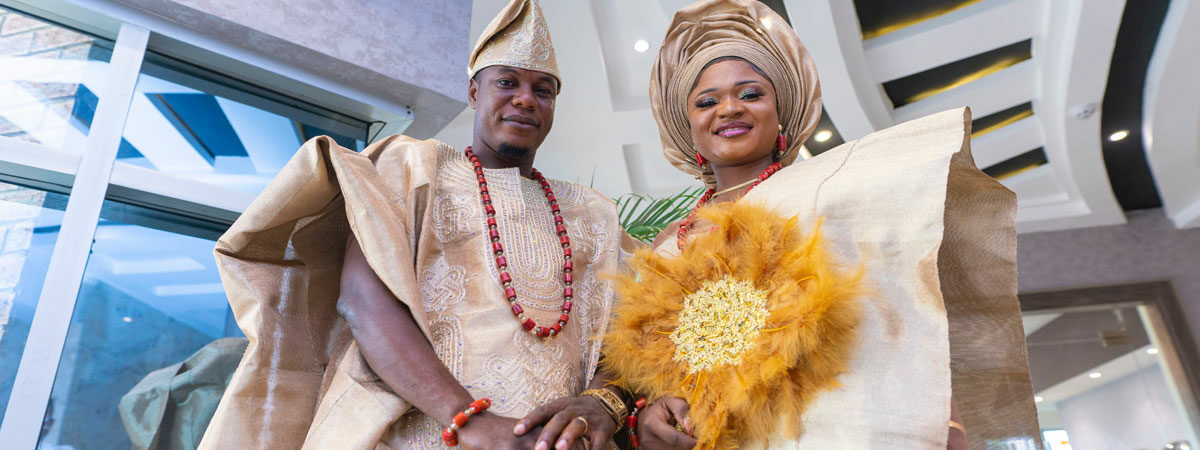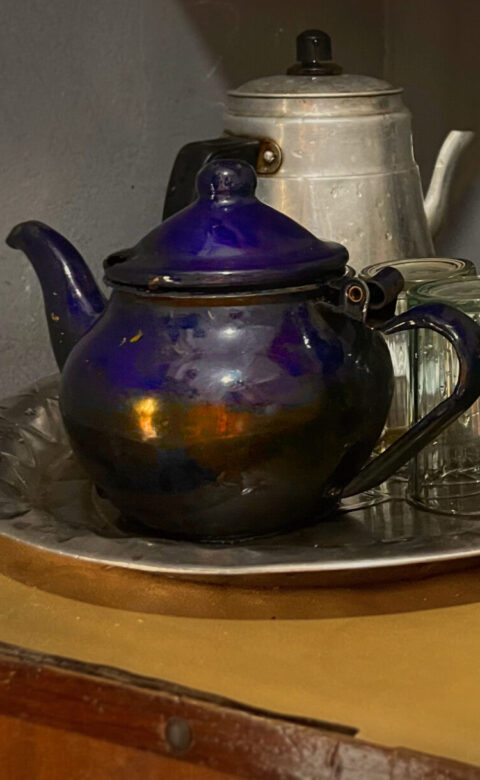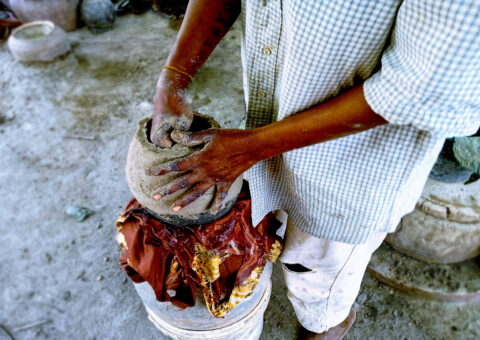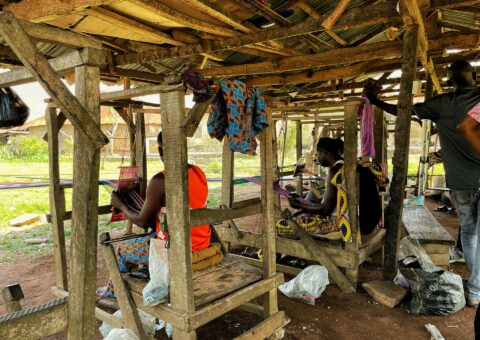It was Peju’s special day, and a flurry of activities was underway. In the backyard, I could hear the wedding caterers — referred to as “olopos” — pounding the yam. The sound ‘kpom-kpom-kpom’ resonated throughout the compound as the pestle made contact with the wooden mortar.
The make-up artists were in the room with us, helping out with our looks and our geles (shaped and folded headpieces). I was doing mine by myself: because I could, and also because I didn’t want to wait any longer. I already wore my gown, and the other bridesmaids were changing.
We’d had a bridal shower the previous day and everything was going just fine — till the bride’s mother and some older women began offering up their pieces of advice. It dampened the mood but we got to dancing, playing games, and drinking the wine we sneaked in after they left.
The door creaked open as the mother of the bride peeked her head in. “Ahn ahn, are you people not done? It’s time to make an appearance.” Choruses of “We are sorry, ma” and “We are almost done, ma” met her complaints. Ten minutes later, everyone was ready and it was time to head outside.
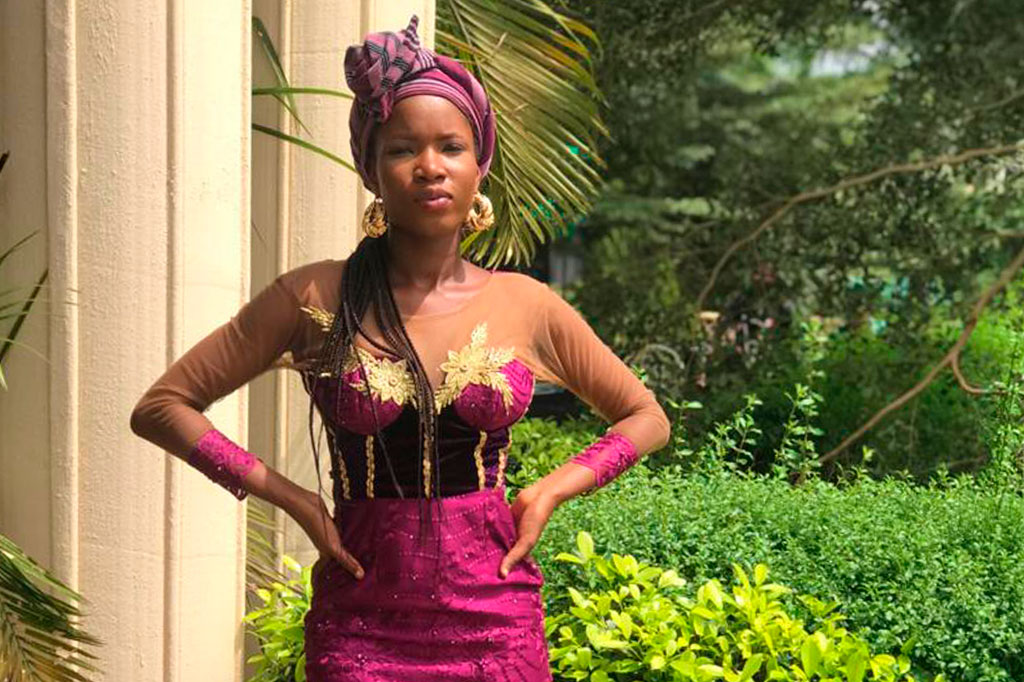
“Don’t worry, it’ll be fine,” I whispered to Peju because she looked nervous. She’s been in my life for as long as I can remember, her family and mine always remaining cordial — our mothers having been friends and colleagues for years.
The DJ welcomed us to the wedding grounds with Flavour’s hit Ada Ada. A red carpet stretched from the entrance and we swayed gracefully along it to the stage. Everybody was seated under the tents in the bride’s compound and they were all smiling and cheering as we danced.
We jiggled our backsides and grinned as we held the hems of our dresses and surrounded the bride, fanning her face. The scent of petrichor was heavy in the air; the sun’s rays were mild, breaking through the pale blue clouds softly. It had rained lightly some hours ago and I could still see dew on the leaves, rose bushes, and palm trees surrounding us.
A gentle breeze blew as we all settled down, and then the officiant — Iya Alaga — started the ceremony. She was beaming, her gold necklace and bangles jangling as she moved. Her gele was small and round, and she was wearing the same aso-ebi ‘family cloth’ attire as the bride’s family, in a deep sea blue. Decorations were everywhere: taking pride of place was a gorgeous sky-blue cake in the shape of a gift box.
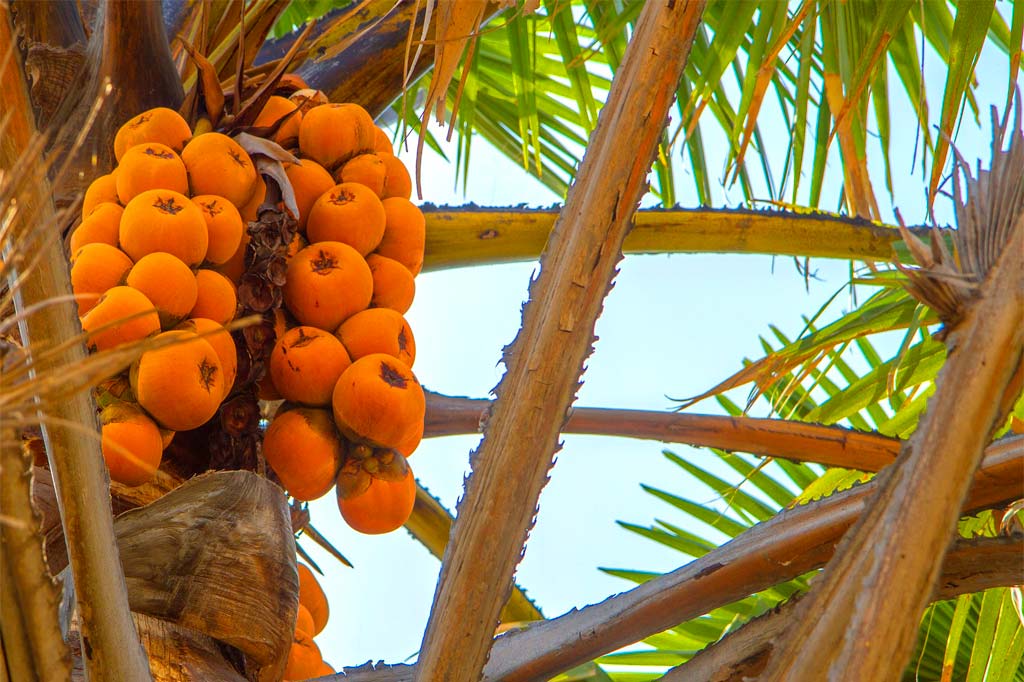
Iya Alaga began by singing joyful choruses that made the bride blush, melodious songs that reminded us all of the significance of that moment. After expressing gratitude to everyone for attending, she then thanked the bride’s family for doing such a wonderful job of raising her. Iya Alaga told Peju to go and thank her parents; an emotional tune played as the bride went to kneel in front of them.
Regally sitting, her mother was dressed in iro and buba (blouse and wrapper) while her father wore an agbada and fila (a gown and cap). Their necks and wrists were richly adorned with red, royal beads. Together, they placed their hands on their daughter’s shoulders, closed their eyes, and prayed for her. Afterwards, Iya Alaga asked Peju to stand up and dance toward her husband-to-be.
It was the moment the drummers had been waiting for. They beat the drum as if their life depended on it, cheering on the bride and calling out her praises. They gave her a fila to place on her groom’s head, to symbolise crowning him. She accepted the fila, and danced gracefully to where her groom was seated.
Drumming was in full throttle as she started dancing closely, rocking him while smiling as the groom held her waist. Their parents looked on in amusement, finally realising that their children are truly grownups. Rising from his chair, her groom started spraying the bride with 1000-naira notes, motivating her to dance more.
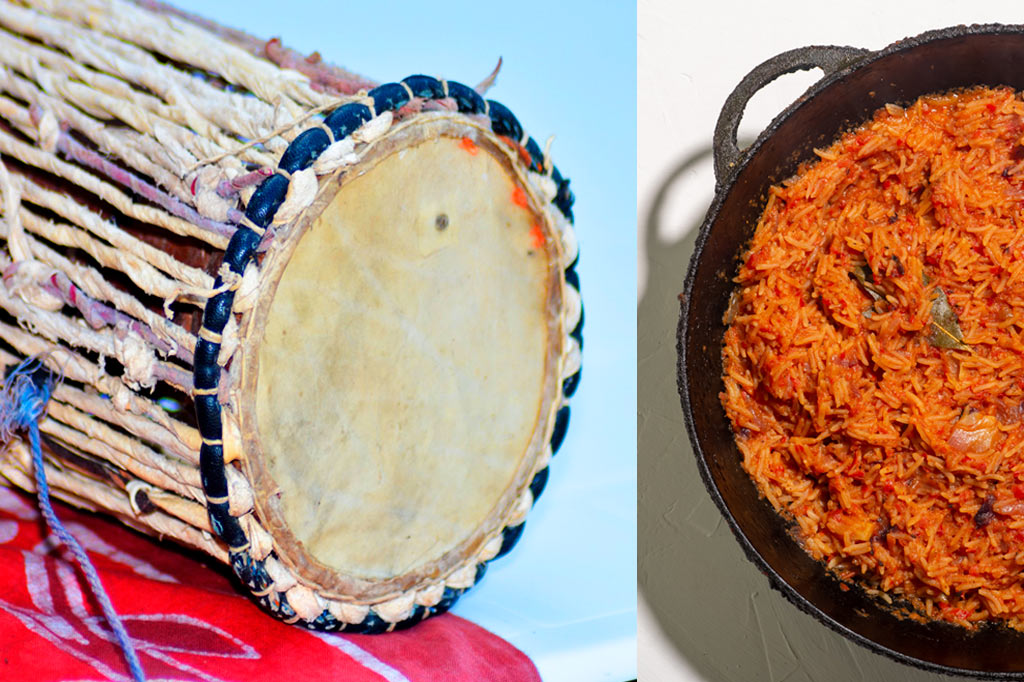
“Whoo!” The crowd rejoiced and there were shouts and whoops of encouragement from every corner of the room. After some time, Iya Alaga politely asked the bride to kneel before the groom and make positive affirmations as she then rose to set the cap on his head, before taking her place at his side. “Mummy and daddy,” she said while looking at both parents, “I hope you are ready for your grandchildren!”
Laughter erupted from everyone assembled, and Peju giggled in an almost childlike fashion before calling everyone to order. The engagement items brought as a show of goodwill by the groom’s family were then presented to the bride’s family; palm wine, bottles of wine and soft drinks, tubers of yam, bunches of plantain, an umbrella, a box of jewellery, a bag of rice, bitter kolas, and a goat.
Iya Alaga then asked the couple to cut the cake in unison and the guests applauded. The ceremony now complete, the bride and groom hit the dance floor. Food whose aroma has been steadily wafting into the tents appeared; as dishes like pepper soup, gbegiri, amala and ewedu, jollof rice with coleslaw, fried rice, ofada rice, moi moi, and asun were served.
As bridesmaids, we joined the newlyweds on the dance floor — along with the groomsmen — to celebrate this union. Friends and family sprayed money, and I did my best to collect some of the notes to give to Peju later. The merry-making continued as the DJ dropped hit song after hit song. I smiled, held the hem of my dress and danced to honour the happy couple.

